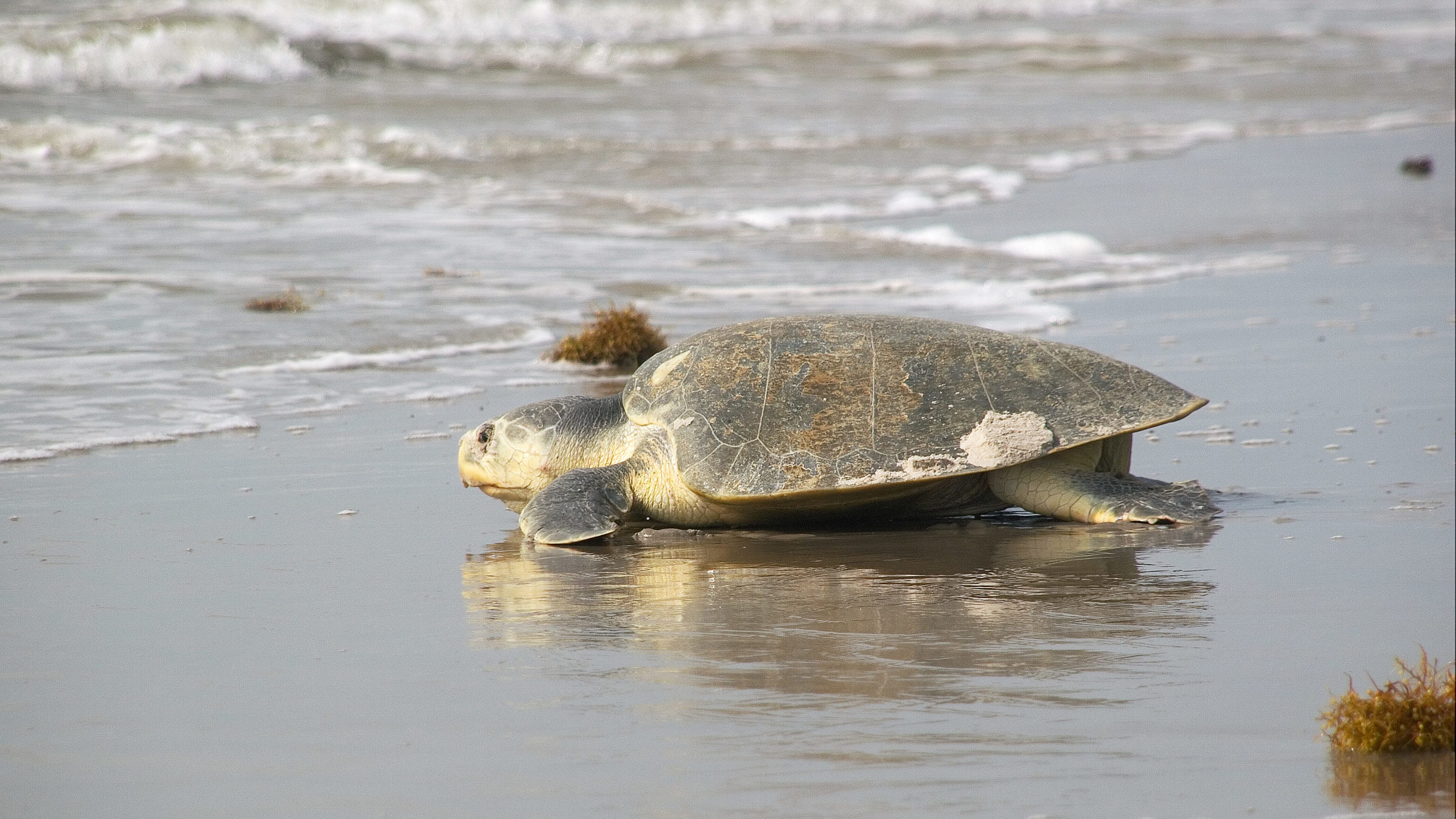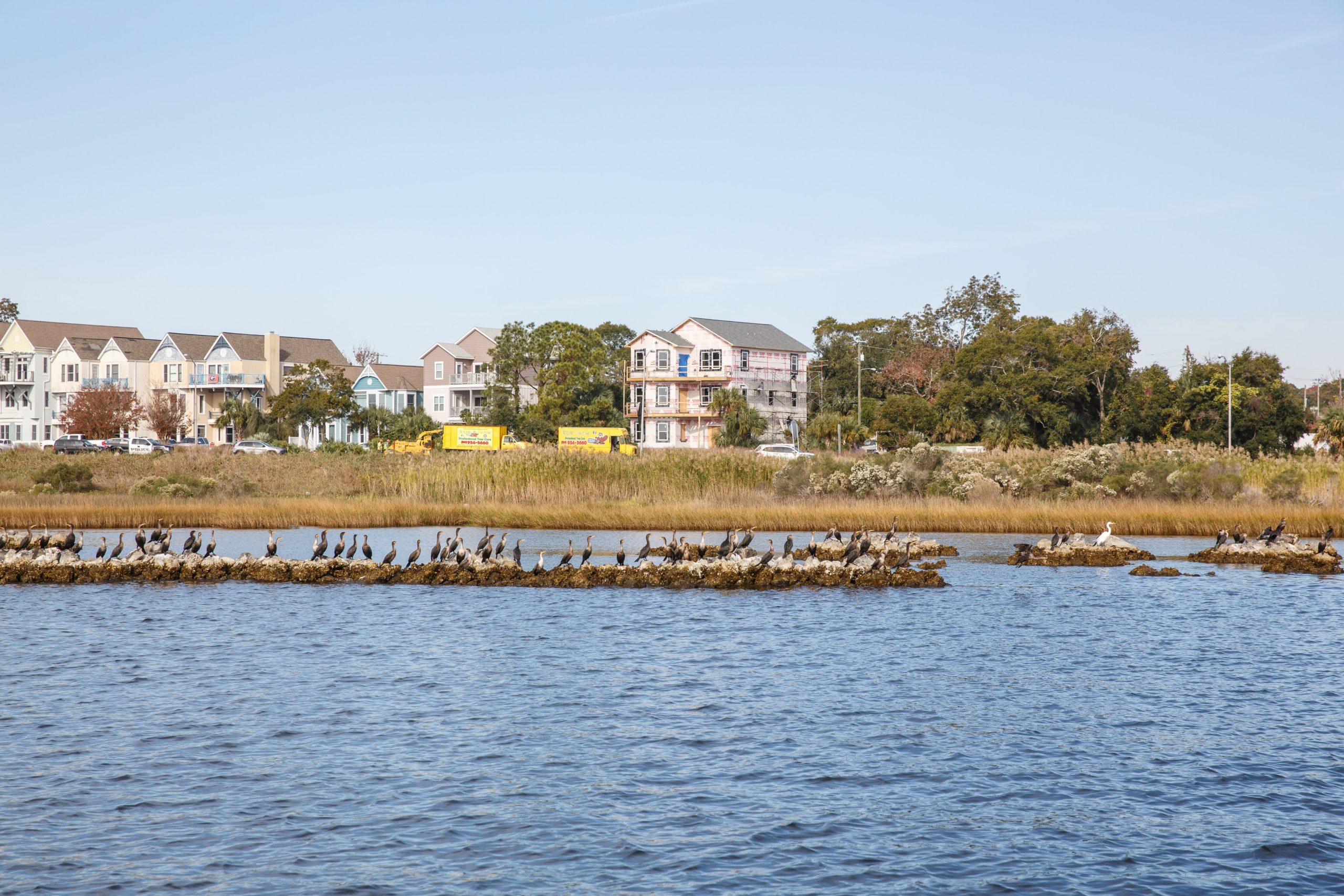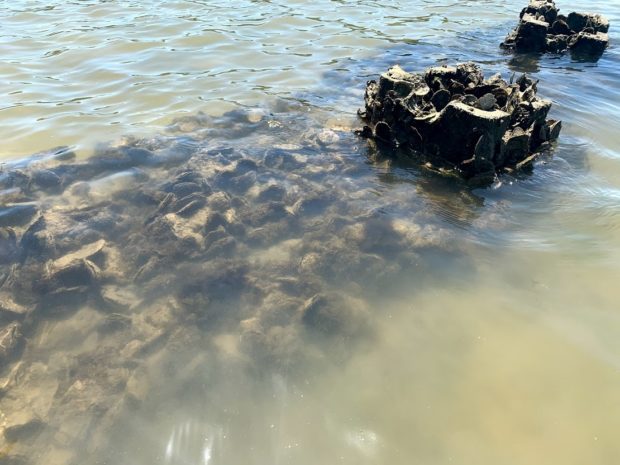We have much more to do and your continued support is needed now more than ever.
Texas’ Coast is at High Flood Risk, But Solutions at Hand

The roughly 6.5 million Texans that live near the Gulf Coast face some of the highest flood risks in the nation. Many Texas coastal cities are, in fact, ranked at the highest flood risk, similar to places in Louisiana and Florida, according to a new nationwide analysis from the First Street Foundation.

In fact, the study predicts that every home in Port Arthur, every public school in Galveston and every road in Port O’Connor is at risk of being damaged by flooding in the next 30 years.
Climate change, with its increasing sea levels and intensifying storms, means the Texas coast will become even more vulnerable in the coming decades. Communities and their critical assets on the mid-coast and upper coast face the greatest increase in risk, the findings conclude.
Revitalized Coastal Ecosystems Can Protect Critical Infrastructure
From the dunes of Sea Rim State Park to South Padre National Seashore, the Texas coast has long had natural storm protections in the form of healthy coastal ecosystems, such as wetlands, sand dunes, oyster reefs, and seagrass beds. But our “natural infrastructure” is also at increased risk from climate change.
However, rebuilding and restoring our natural infrastructure can help keep communities safe, creating habitat for wildlife while enhancing quality of life. In many cases, restoring lost natural ecosystems can be both cheaper and more effective than traditional flood solutions.

In fact, a comprehensive study found that nature-based infrastructure projects such as rebuilding oyster reefs and wetlands could avert more than $50 billion worth of projected flooding damages across the Gulf Coast – and these projects would be the most cost-effective approach, generating $3.5 dollars worth of benefits for every dollar spent.
Coastal restoration can build climate resilience and benefit wildlife
Hurricane Harvey made landfall in August of 2017 near Aransas National Wildlife Refuge, the winter home of the whooping crane. A similar storm later in the year could have been devastating for the cranes. Today, there are “living shoreline” projects underway near the refuge that will help protect it from future storms.
Living shoreline projects often incorporate oyster reefs, helping a species that has declined dramatically across Texas’ estuaries. Restoring oysters is a win for people too – these filter feeders improve water quality while increasing the numbers of sport fish like speckled trout.



The endangered Kemp’s ridley sea turtle lives almost exclusively in the Gulf of Mexico and nests on Texas beaches. Thoughtfully restoring beaches and dunes – with an eye towards protecting sea turtles and shorebirds – is another way to help wildlife while protecting people from extreme weather.
Texas Should Invest in Natural Protections, Equitably
Governor Abbott and Texas legislators should take full advantage of the funding that will soon be available from the bipartisan infrastructure package to implement nature-based solutions such as those outlined in the Texas Coastal Resiliency Master Plan.
We also need to ensure that this funding is spent in a way that reduces risk for the most vulnerable people – rather than focusing on the most valuable properties – while protecting the wildlife, habitats, and community assets that draw people to the coast.
The planning process should involve the public from start to finish, and the administration should ensure this funding includes grants, forgivable loans and technical assistance so all communities have access, particularly those who have been left behind in the past.
Floods are inevitable. However, the way it impacts Texans and their community lifelines can be managed and mitigated. Smart and fair investments made today can protect the way of life on the Texas coast for tomorrow – so future generations of coastal residents can see whooping cranes soaring overhead and find sea turtles nesting on the shore.
Curious about your home’s flood risk? Check the First Street Foundation’s new tool Flood Factor, which estimates flooding risk for every address nationwide.
Arsum Pathak and Jonathan Seefeldt contributed to this post.
Read more in this series:
- Nearly half the homes in Tampa are at risk of flooding. With local sea levels set to rise at least four feet, what is the region doing to get ready?
- Digging In: Houston students are picking up shovels to help reduce floods on their campuses and in their communities.
About this series: Changing environmental conditions — including increased impacts from climate change-driven sea level rise, land subsidence, and more — all factor into a community’s risk of flooding. More and more areas around the country are experiencing increased flood risks impacting necessities like roads, utilities, businesses, and other critical infrastructure. A new analysis from non-profit research organization First Street Foundation provides a national look at community flood vulnerability in each state, accounting for changing environmental conditions due to climate change to help individuals and communities at large better assess flood risk for homes and businesses, both present-day and in the future. In this blog series, we will highlight some key findings in Gulf states where the National Wildlife Federation is working to create a more resilient and healthy Gulf of Mexico for people and wildlife.





















